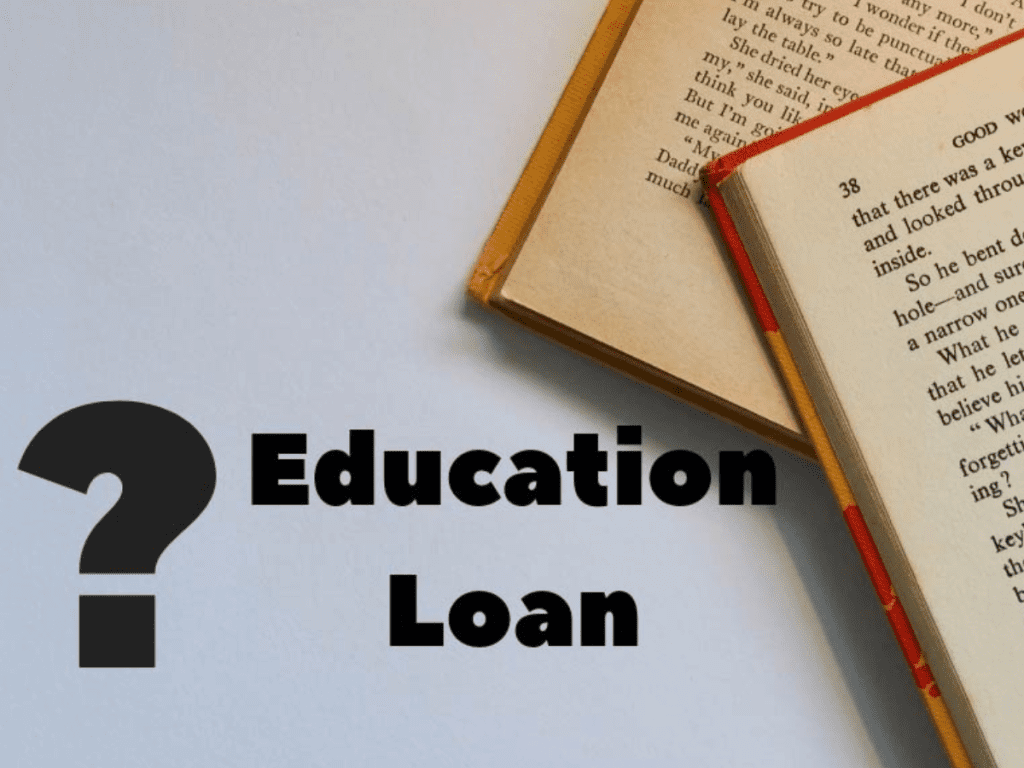Introduction
The pursuit of higher education is often a transformative experience, particularly for students who choose to study in the arts and humanities. These fields are crucial in shaping society’s cultural, social, and intellectual landscapes. However, students pursuing degrees in these disciplines are often faced with a significant financial burden. Unlike degrees in STEM fields that may offer higher-paying job prospects, arts and humanities graduates tend to enter professions that do not always offer the same financial rewards. In light of this, student loans have become an essential means of financing education for many students. This article explores the student loan options available to arts and humanities students from a global perspective, examining different regions and the variety of programs and repayment strategies available.
1. The United States
In the United States, the cost of higher education has been a subject of concern for decades, and the burden is particularly heavy for students in the arts and humanities. According to data from the National Center for Education Statistics, students in the U.S. graduate with an average student loan debt of over $30,000. This number varies widely depending on the type of institution, with private colleges generally being more expensive than public ones.
Federal Student Loans
The U.S. government offers several types of student loans to undergraduate and graduate students, including Direct Subsidized Loans, Direct Unsubsidized Loans, and Direct PLUS Loans. For arts and humanities students, federal loans can be an essential means of covering the costs of tuition and living expenses.
- Direct Subsidized Loans: These are available to undergraduate students who demonstrate financial need. The government pays the interest while the student is in school, making this loan more favorable than other types of loans.
- Direct Unsubsidized Loans: Available to both undergraduate and graduate students, these loans do not require financial need but accrue interest while the student is in school.
- Direct PLUS Loans: These are available to graduate students or parents of dependent undergraduate students. PLUS loans have higher interest rates and are not based on financial need.
Additionally, arts and humanities students often have access to private student loans through banks or financial institutions, though these typically come with higher interest rates and less favorable repayment terms. Private loans are more common for graduate students who may no longer qualify for federal loans or need to borrow additional funds.
Repayment and Forgiveness Programs
Federal loans in the U.S. offer various repayment options, such as Income-Driven Repayment (IDR) plans, which tie the monthly payments to the borrower’s income and family size. This can be particularly beneficial for arts and humanities students who may have lower starting salaries after graduation.
There are also loan forgiveness programs available for students in certain professions, such as Public Service Loan Forgiveness (PSLF). While PSLF is more commonly associated with fields like education and public service, arts and humanities graduates working in nonprofit organizations or government positions may also qualify for loan forgiveness after 10 years of qualifying payments.
2. The United Kingdom
In the United Kingdom, student loan options for arts and humanities students are provided through the Student Loans Company (SLC), a government-owned organization. The cost of tuition in the UK has risen substantially over the past two decades, particularly in England, where tuition fees can reach up to £9,250 per year. However, arts and humanities students are still able to access loans to cover their tuition and living costs.
Tuition Fee Loans
Under the current system, students can take out loans to cover the full cost of their tuition fees, and they are not required to pay these loans until they earn a certain income. Repayments begin only when graduates earn above a certain threshold, which is currently £27,295 for students in England (this threshold is slightly different in Wales, Scotland, and Northern Ireland). The interest on the loan is linked to inflation, and the repayment rate is 9% of income above the threshold.
Maintenance Loans
In addition to tuition fee loans, students can also apply for maintenance loans to cover living expenses. These loans are means-tested, meaning the amount a student can borrow is based on their household income. The maximum maintenance loan available depends on where the student lives during their studies. For example, students living at home can borrow up to £7,000 per year, while those studying in London can borrow up to £12,000 per year.
Repayment and Loan Forgiveness
Repayment of student loans in the UK is based on income rather than the amount borrowed. After graduation, students are required to pay back a percentage of their income once they earn above the income threshold. The loans are typically written off after 30 years, but this can vary based on the type of loan and when the student took it out. For arts and humanities students, this means that loans are often repaid gradually over time, with some graduates not making full repayments if they do not reach the income threshold.
3. Canada
In Canada, student loans are provided by both federal and provincial governments, and arts and humanities students can access financial assistance through the Canada Student Loans Program (CSLP) and provincial loan programs. Canada has a unique system in that the cost of education varies widely depending on the province or territory in which a student chooses to study.
Canada Student Loans Program (CSLP)
The CSLP provides loans to students based on financial need, and the amount a student can borrow depends on factors such as tuition fees, family income, and the cost of living. The maximum loan amount for full-time undergraduate students is approximately CAD 210 per week of study, and this amount can be supplemented with provincial loans.
Provincial and Territorial Loans
In addition to federal loans, arts and humanities students can also apply for provincial or territorial loans. For instance, in Ontario, students can receive funding through the Ontario Student Assistance Program (OSAP), while in Quebec, students can access the Quebec Loans and Bursaries Program. These loans are generally combined with federal loans to cover both tuition and living expenses.
Repayment Plans and Forgiveness
Repayment of student loans in Canada is required to begin six months after graduation. The repayment schedule is generally set over a 9.5-year period, though it can vary depending on the loan amount. Canada offers an Income-Contingent Repayment (ICR) option, which allows students to make payments based on their income after graduation. There is also the possibility of loan forgiveness for students who work in public service jobs, though this is more limited than in the U.S.
4. Australia
In Australia, student loans for arts and humanities students are provided through the Higher Education Loan Program (HELP). The Australian government provides loans for both tuition fees and some living expenses, and these loans are available to both domestic and international students.
HECS-HELP Loans
For domestic students, the most common loan is the HECS-HELP loan, which is available to students enrolled in Commonwealth-supported places (CSP). HECS-HELP covers the full cost of tuition fees, and students do not need to repay the loan until their income exceeds a certain threshold, which is currently AUD 51,550. Interest on the loan is linked to inflation, meaning that the loan’s value will increase over time.
Repayment and Loan Forgiveness
Repayment for HECS-HELP loans is based on income, and students are required to start repaying their loan once their income exceeds the repayment threshold. The repayment rate increases as income rises, with rates ranging from 1% to 10% of income.
Arts and humanities students who choose to work in public service or nonprofit sectors may also be eligible for some loan forgiveness options. However, these opportunities are not as extensive as in the U.S.
5. European Union
In the European Union, the student loan landscape is highly variable. Different countries have different systems, with some offering substantial government-backed loans, while others provide little to no financial assistance for higher education. In general, however, European Union countries tend to have lower tuition fees compared to countries like the U.S. or the UK.
Germany
In Germany, public universities do not charge tuition fees for undergraduate students, making it a highly attractive option for arts and humanities students. However, students are still required to cover living costs, which can be done through a combination of personal savings, parental support, or student loans. The German government offers student loans through the Federal Training Assistance Act (BAföG), which is means-tested and provides loans for living expenses. These loans are partially forgivable if the student completes their studies within the prescribed time frame.
France
In France, tuition fees at public universities are low, and students can apply for loans through private banks or government-backed schemes. The French government also provides bursaries for students from low-income families. Loans are typically repayable over a period of 10 to 20 years, with interest rates depending on the type of loan.
Conclusion
Student loans play a significant role in making higher education accessible to arts and humanities students worldwide. While there are many variations in terms of loan structures, repayment plans, and eligibility criteria, common themes emerge. Governments in many countries provide financial support to students through loan programs that take into account financial need, income levels after graduation, and in some cases, the possibility of loan forgiveness. For arts and humanities students, these loans provide crucial support in pursuing their education, with repayment plans often tailored to ensure that graduates are not burdened by debt if they enter professions with lower starting salaries.
As higher education costs continue to rise, and as students continue to choose the arts and humanities for their academic careers, it is essential that governments around the world continue to offer robust and fair student loan options to help ensure that the pursuit of knowledge remains accessible to all, regardless of economic background.

